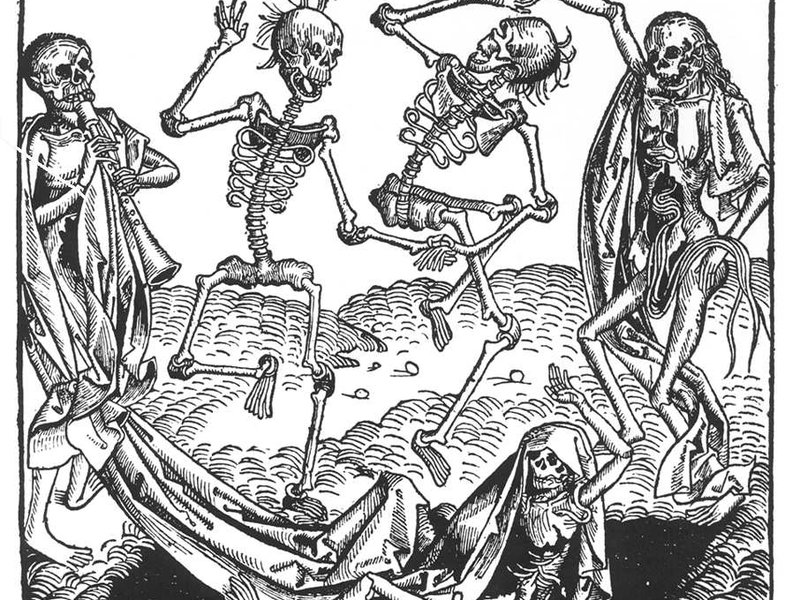Archaeologist Carenza Lewis of the University of Lincoln excavated 2,000 one-meter-square pits in 55 rural settlements occupied before and after the plague across eastern Britain, looking for the concentration of pottery shards, broken bits of everyday pottery. “Under every village, every community, there is a huge reservoir of archaeological evidence just sitting there,” she tells Kaplan. “Evidence of these life-shattering events that people like us would have lived through — or not.”
Her findings, which will appear in Antiquity Journal, show that in many places the pot shards are plentiful in pre-plague layers, while in the time after the disease they seriously diminish. The overall decline was about 44.7 percent. The devastation was not equal, though, with places in England like Norfolk showing a 65 percent decline and Gaywood and Paston showing up to 85 percent drops. Kennedy points out that the numbers are likely conservative since villages that were totally wiped out or abandoned because of the Black Death were not sampled.
Read more: http://www.smithsonianmag.com/smart-news/research-reveals-more-complete-picture-of-the-devastation-wrought-by-the-black-death-180959233/#l3wU17svzmgV03M0.99


